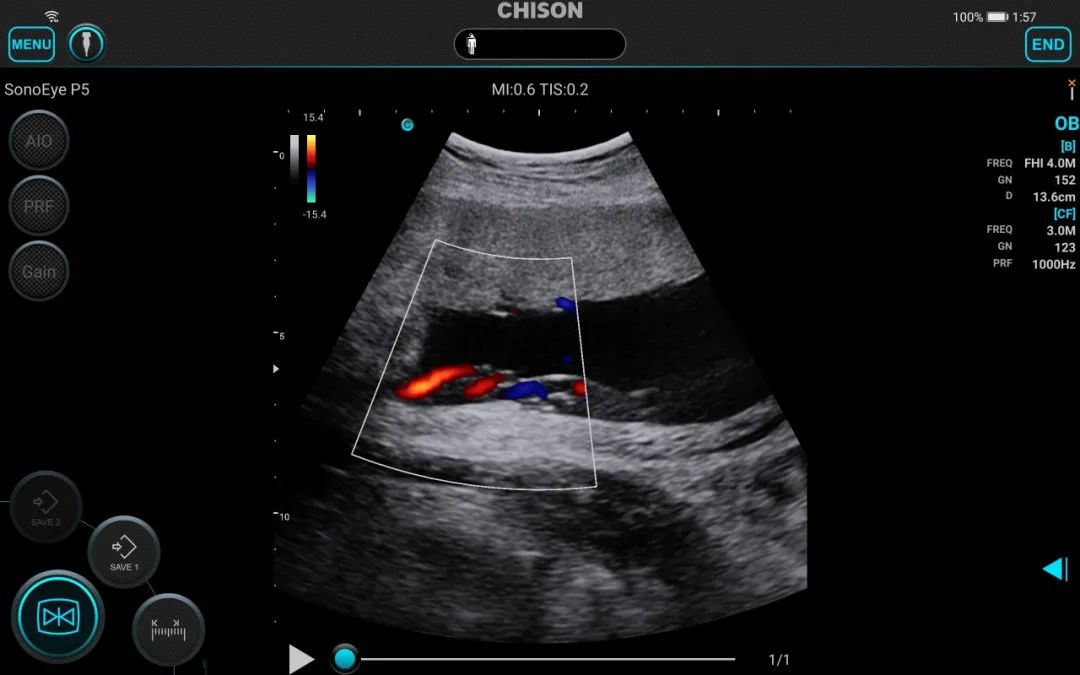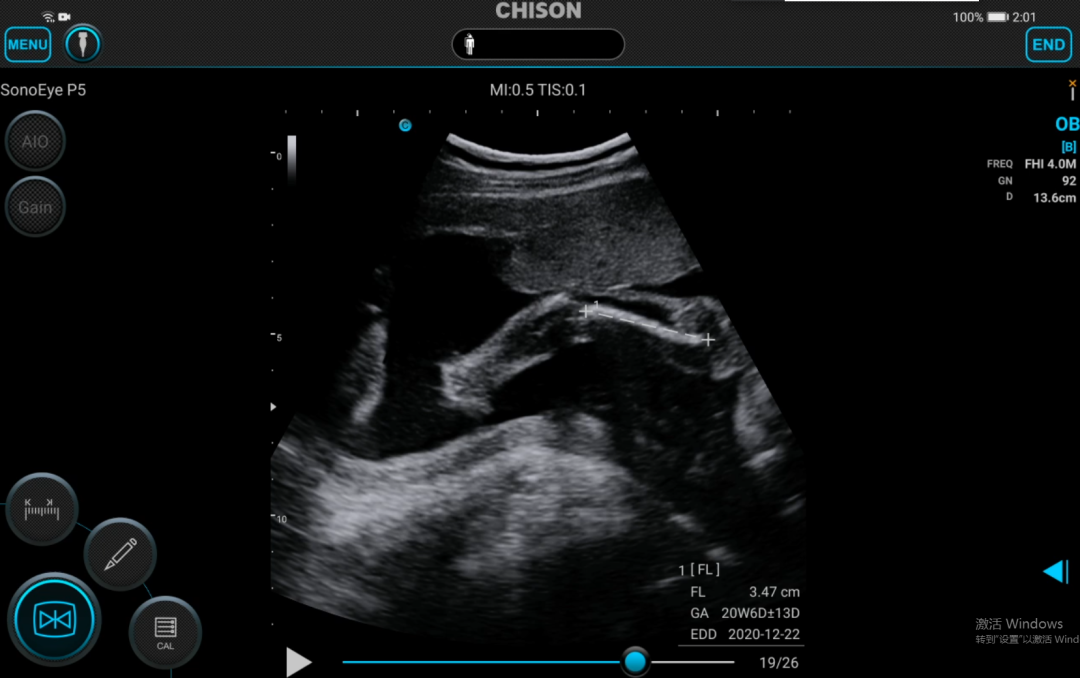SonoEye in Obstetrics
Obstetrics is a highly specialized and high-risk department that poses significant challenges to nursing work. The delivery room is the frontline of obstetrics work. Recently, use of ultrasound in the delivery room expands.
Ultrasound examination has several advantages, such as being non-invasive to the fetus, having no teratogenic effects, not involving radiation, producing clear images, providing accurate diagnosis, and being highly safe.
All in all, it is the preferred examination method for obstetrics, making it an essential tool for ensuring successful childbirth outcomes.
01. Prenatal Ultrasound
In the prenatal area, ultrasound is used to monitor the growth and development of the fetus, as well as to detect any abnormalities or complications that may arise during pregnancy.
Firstly, the ultrasound can check the fetus's size and weight, position, and health, and identifying any potential birth defects or genetic conditions, such as neural tube defects, congenital heart defects, and chromosomal abnormalities.
Secondly, Ultrasound can also be used to detect multiple pregnancies.
Finally, prenatal ultrasound can also be used to determine the gestational age of the fetus and predict the due date.


02. Intrapartum Ultrasound
Intrapartum ultrasound can be used to monitor the progress of labor and the position of the fetus during delivery.
Firstly, this can be especially useful in cases where there are complications or concerns about the baby's health, such as breech presentation or fetal distress.
Secondly, intrapartum ultrasound can also help guide medical interventions, such as vacuum extraction or cesarean delivery.
Finally, when the second stage of labor progresses slowly or stalls, ultrasound can help doctors to assess the situation inside the uterus and take appropriate measures.

The International Society of Ultrasound in Obstetrics and Gynecology (ISUOG) reported,
“Intrapartum ultrasound is a valuable tool in obstetrics, providing objective and highly accurate assessments of fetal head position, direction, and predicting labor arrest, with greater reliability than clinical palpation. In addition, it can predict the outcome of vaginal delivery to a certain extent, helping to reduce maternal and infant mortality rates.”
CHISON SonoEye is ultra-light and compact, making it easy to use and carry. It features plug-and-play functionality. With support of professional obstetrical presets, and software packages, SonoEye is capable of meeting the diverse needs of obstetrical examinations. Additionally, it can support not only B/C/D/M/PW mode, but also 2B/DPD/CPA modes, providing a range of imaging options and ensuring optimal imaging performance for every situation.
Learn more info about SonoEye, please visit our website: www.chisonsonoeye.com.
